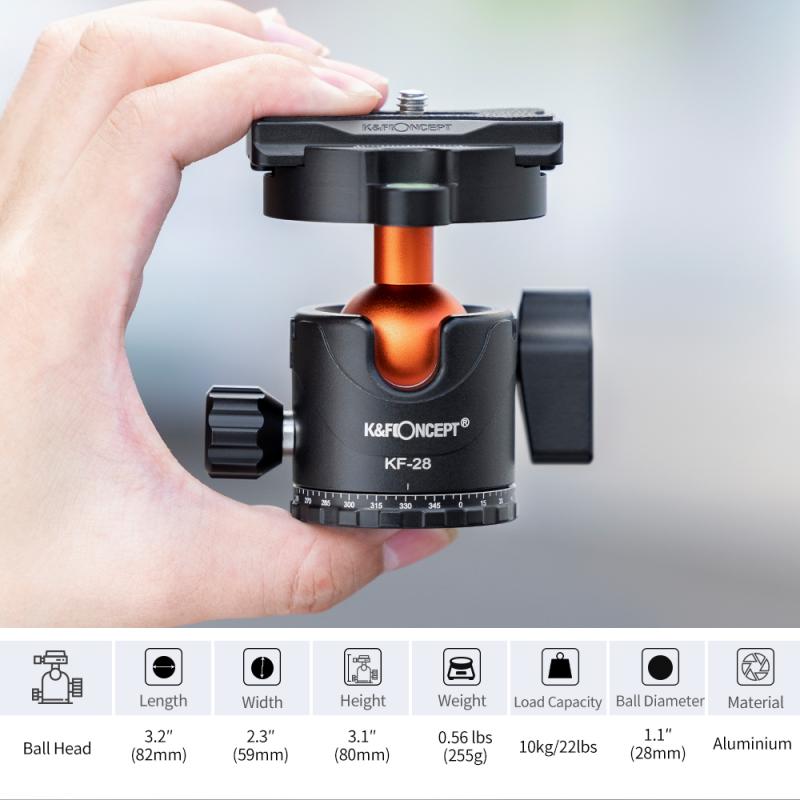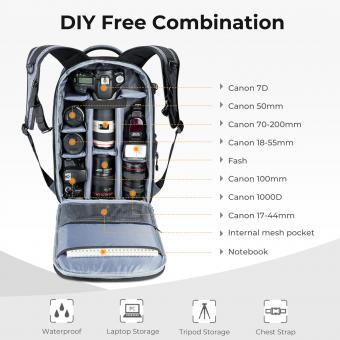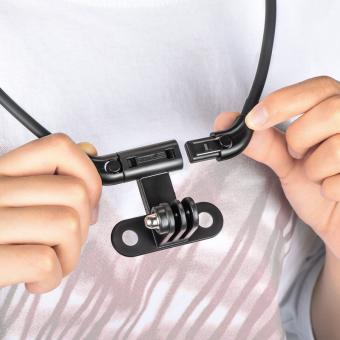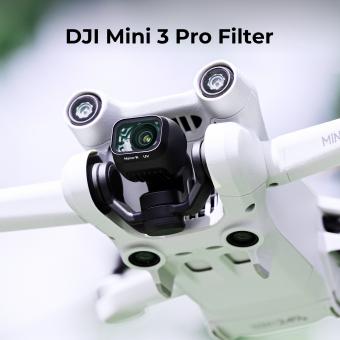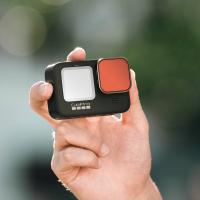How Do You Carry A Microscope ?
A microscope is typically carried by holding it with both hands, ensuring a firm grip on the base and the arm of the microscope. It is important to handle the microscope with care and avoid any sudden movements or jerks to prevent damage to the delicate components.
1、 Using a microscope carrying case or bag
How do you carry a microscope? Using a microscope carrying case or bag is the most common and practical method. Microscopes are delicate instruments that require careful handling and protection, especially during transportation. A microscope carrying case or bag is specifically designed to provide a secure and padded environment for the microscope, ensuring its safety and preventing any damage.
These cases or bags are typically made of durable materials such as hard plastic or padded fabric. They often have compartments or foam inserts that fit the microscope snugly, preventing it from moving around and potentially getting damaged. Some cases even have additional pockets or compartments to store accessories like slides, coverslips, or lenses.
When carrying a microscope, it is important to ensure that it is properly secured inside the case or bag. This means making sure that all the components are in their designated places and that any movable parts, such as the stage or the eyepiece, are properly locked or secured. This will prevent any internal damage to the microscope during transportation.
In addition to using a carrying case or bag, it is also advisable to handle the microscope with care. This includes avoiding any sudden movements or impacts that could potentially damage the delicate internal components. It is also important to keep the microscope away from extreme temperatures, humidity, or direct sunlight, as these factors can affect its performance.
Overall, using a microscope carrying case or bag is the safest and most convenient way to transport a microscope. It provides the necessary protection and ensures that the microscope remains in optimal condition for accurate and reliable observations.
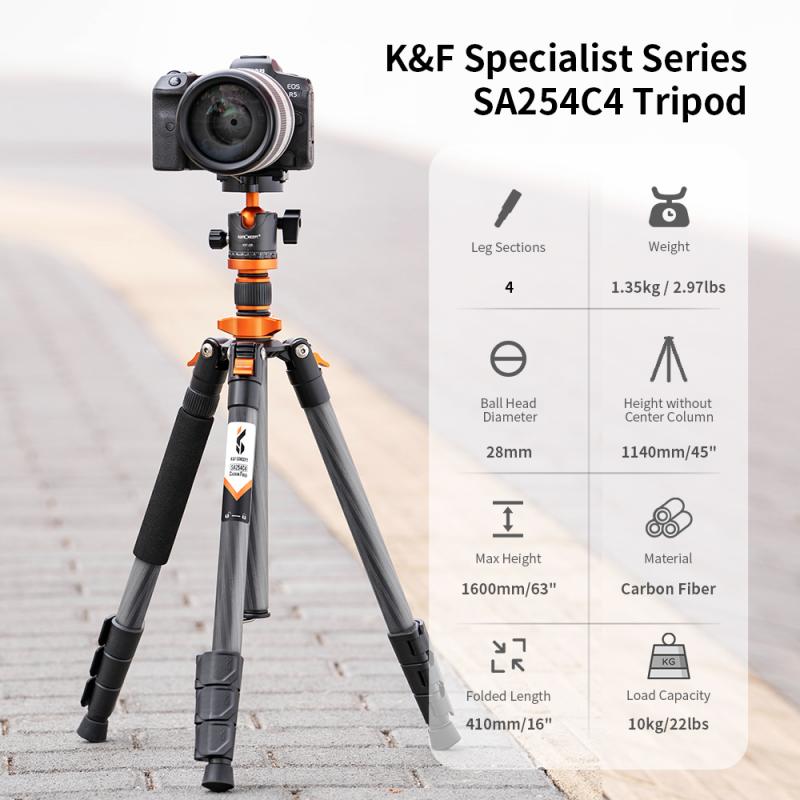
2、 Utilizing a microscope storage box with handles
Utilizing a microscope storage box with handles is an efficient and safe way to carry a microscope. Microscopes are delicate instruments that require careful handling to prevent damage to their delicate components. A microscope storage box with handles provides a secure and convenient solution for transporting microscopes.
The storage box is specifically designed to fit the microscope snugly, ensuring that it remains stable during transportation. The handles on the box allow for easy and comfortable carrying, reducing the risk of dropping or mishandling the microscope. This is particularly important when moving the microscope over long distances or between different locations.
In addition to the convenience and safety it offers, a microscope storage box also provides protection against dust, moisture, and other potential hazards. These boxes are typically made from durable materials that shield the microscope from external elements that could potentially damage its sensitive parts. This is especially crucial when transporting microscopes in environments where they may be exposed to extreme temperatures or humidity.
Furthermore, the latest point of view emphasizes the importance of using a microscope storage box with handles to ensure the longevity of the instrument. Microscopes are valuable scientific tools, and proper care during transportation is essential to preserve their functionality and accuracy. By utilizing a storage box with handles, researchers, educators, and professionals can confidently transport microscopes without worrying about potential damage.
In conclusion, carrying a microscope can be done effectively and safely by utilizing a microscope storage box with handles. This method not only provides convenience and comfort but also protects the microscope from external hazards. It is a recommended practice for anyone who needs to transport microscopes regularly, ensuring the longevity and reliability of these valuable scientific instruments.
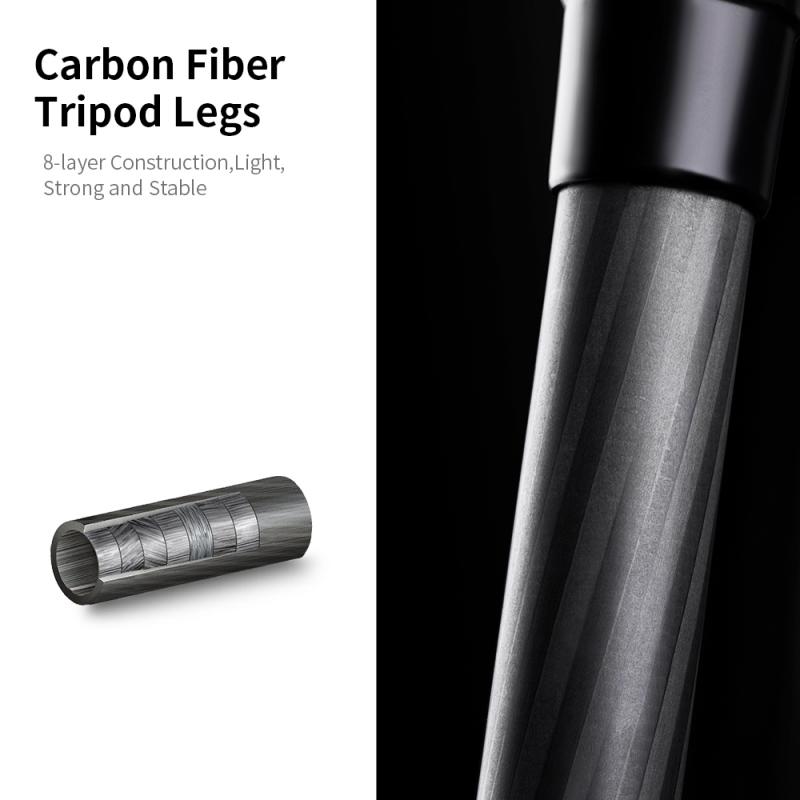
3、 Transporting a microscope in a padded container or box
Transporting a microscope in a padded container or box is the most common and recommended method to ensure its safety during transportation. Microscopes are delicate instruments that require careful handling to prevent damage to their delicate components. A padded container or box provides the necessary protection to keep the microscope secure and stable during transit.
When preparing a microscope for transportation, it is important to first remove any detachable parts, such as eyepieces, objectives, and slides. These components should be securely packed separately to avoid any potential damage. Once the detachable parts are removed, the microscope should be placed in a padded container or box that is specifically designed for transporting delicate instruments.
The container or box should have sufficient padding to cushion the microscope and protect it from any external shocks or vibrations. It is advisable to use foam inserts or bubble wrap to provide an extra layer of protection. The microscope should be placed in the container in a way that prevents it from moving or shifting during transportation. This can be achieved by using additional padding materials to fill any empty spaces within the container.
Furthermore, it is important to handle the container with care and avoid any rough movements or impacts that could potentially damage the microscope. It is also recommended to label the container as fragile and indicate that it contains a microscope to ensure that it is handled with the necessary caution.
In recent years, there have been advancements in microscope transportation technology. Some manufacturers now offer specialized microscope cases that are designed to provide maximum protection during transportation. These cases often come with custom foam inserts that are specifically designed to fit the microscope and its components, ensuring a snug and secure fit.
In conclusion, transporting a microscope in a padded container or box is the most reliable and widely accepted method to ensure its safety during transportation. By following proper packing procedures and utilizing the latest advancements in transportation technology, the risk of damage to the microscope can be significantly reduced.
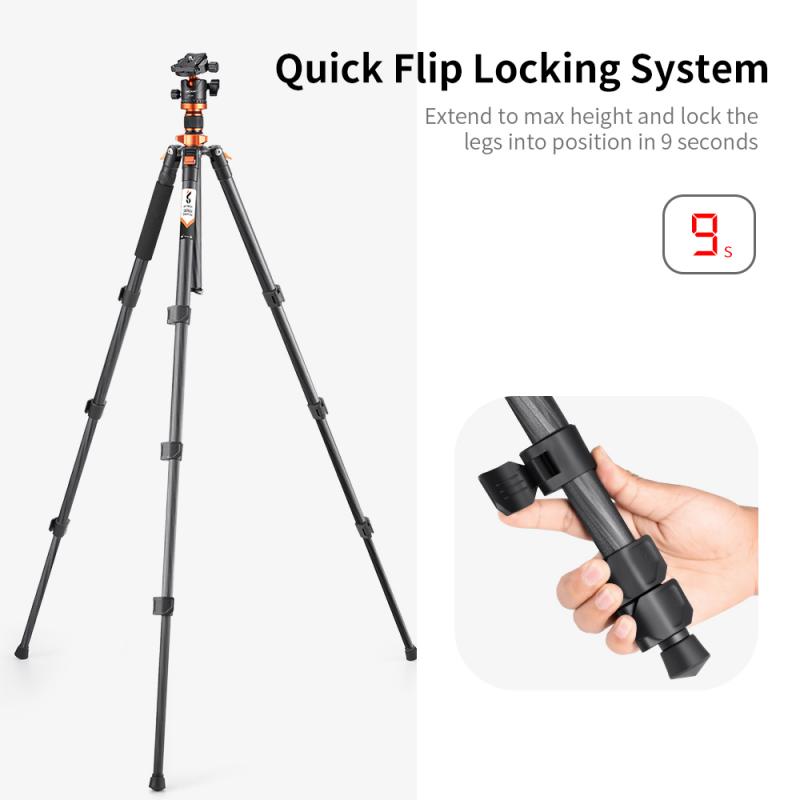
4、 Carrying a microscope in a custom-built protective case
Carrying a microscope in a custom-built protective case is the most recommended method to ensure its safety during transportation. Microscopes are delicate instruments that require careful handling to prevent damage to their intricate components. A custom-built case provides a secure and cushioned environment, protecting the microscope from any potential bumps, shocks, or vibrations that may occur during transit.
The design of a custom-built protective case takes into consideration the specific dimensions and weight of the microscope, ensuring a snug fit and minimizing any movement inside the case. The case is typically made from durable materials such as high-density foam or shock-resistant plastic, which absorb impact and provide a barrier against external elements like dust or moisture.
To carry a microscope in a custom-built protective case, one should first ensure that the microscope is properly secured within the case. This may involve using foam inserts or adjustable straps to hold the microscope in place, preventing any unnecessary movement. Once the microscope is securely fastened, the case can be carried using the built-in handles or shoulder straps, distributing the weight evenly to avoid strain or discomfort.
It is worth noting that advancements in technology have led to the development of more lightweight and portable microscopes. These newer models may come with their own compact carrying cases, designed specifically for easy transportation. In such cases, it is important to follow the manufacturer's instructions for proper handling and storage.
In conclusion, carrying a microscope in a custom-built protective case is the ideal method to ensure its safety during transportation. This approach provides a secure and cushioned environment, minimizing the risk of damage to the delicate instrument. As technology advances, manufacturers are also providing more portable options with their own carrying cases, further simplifying the transportation process.
